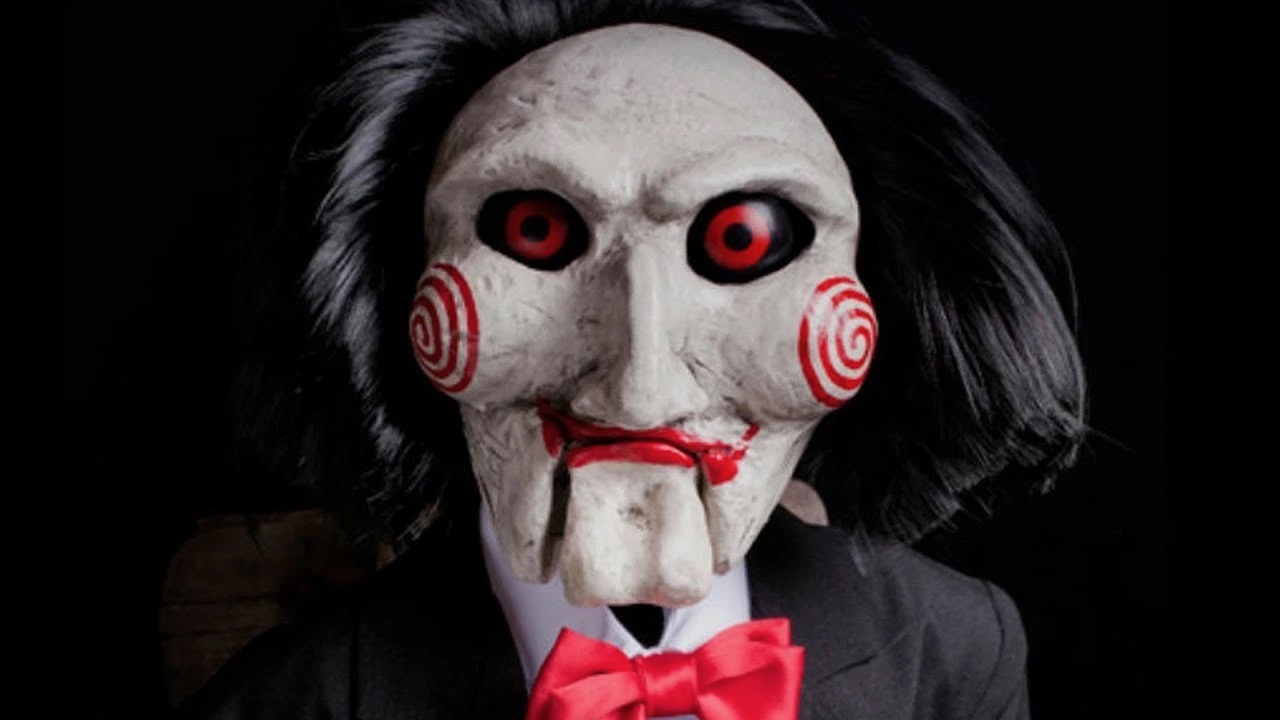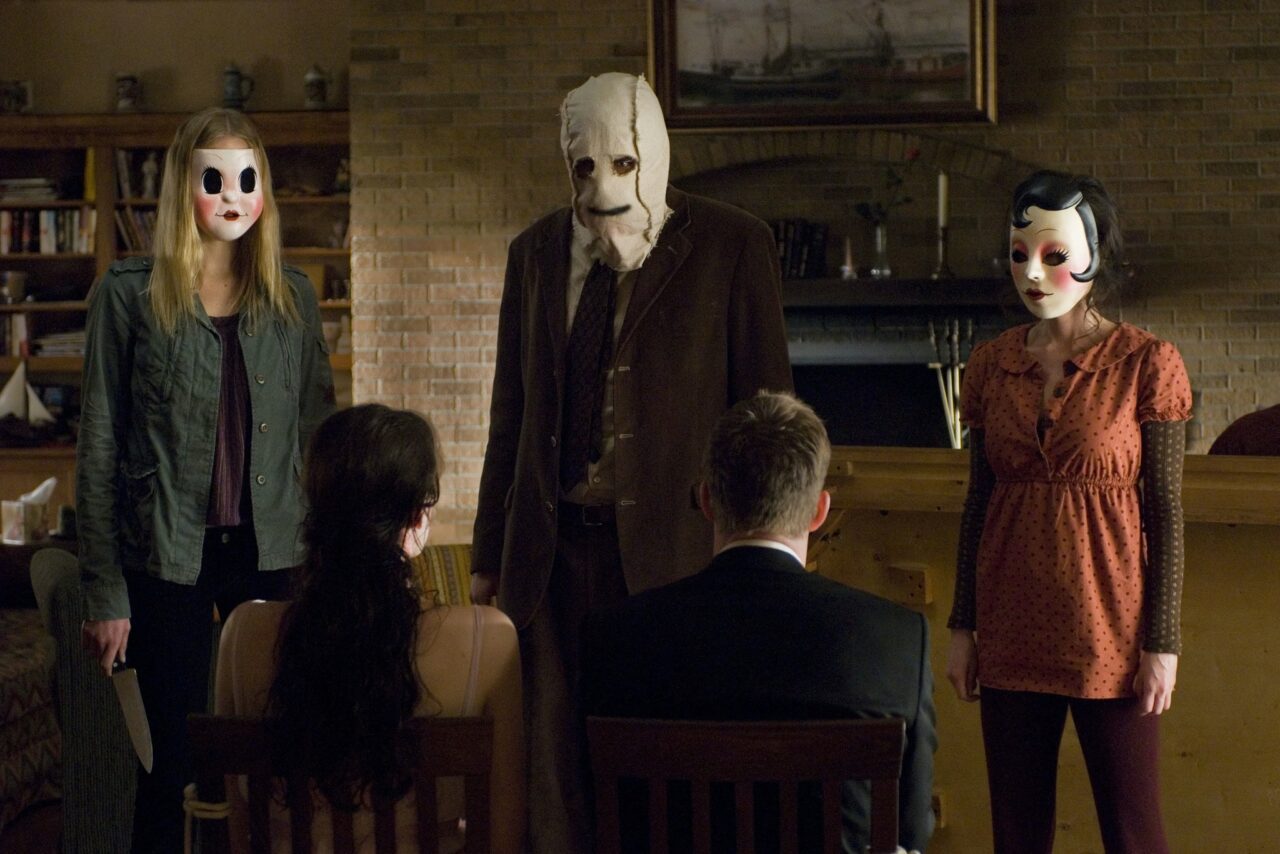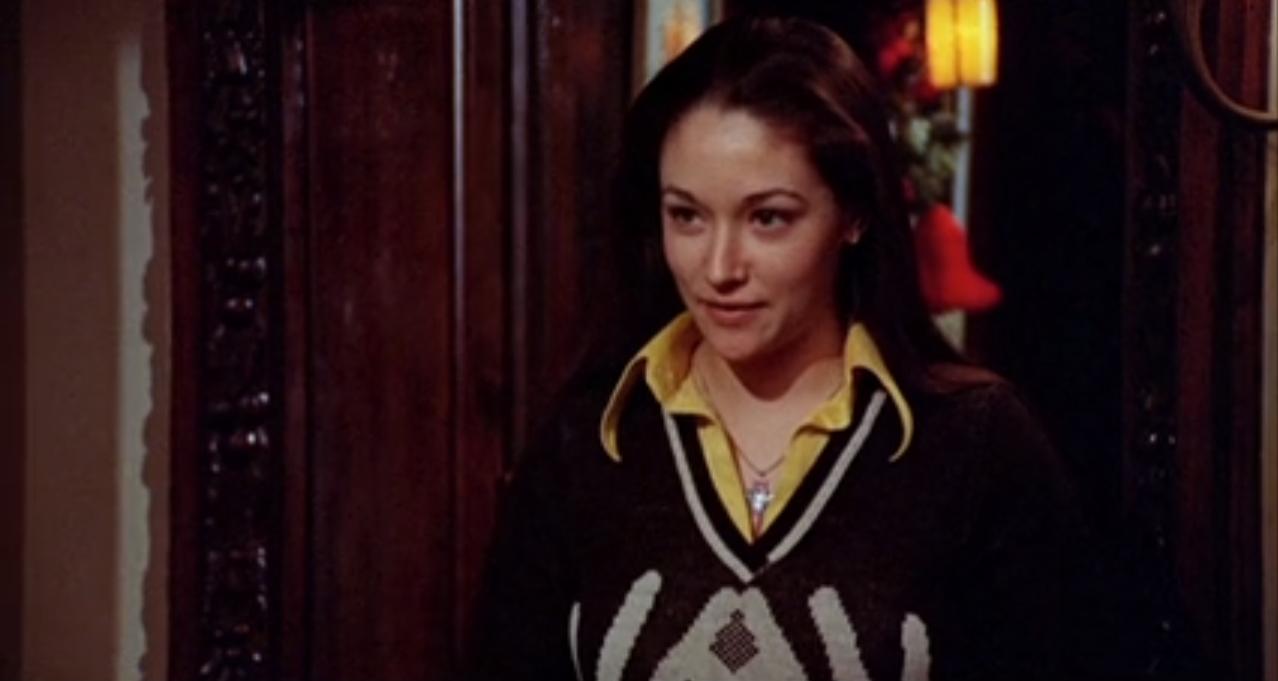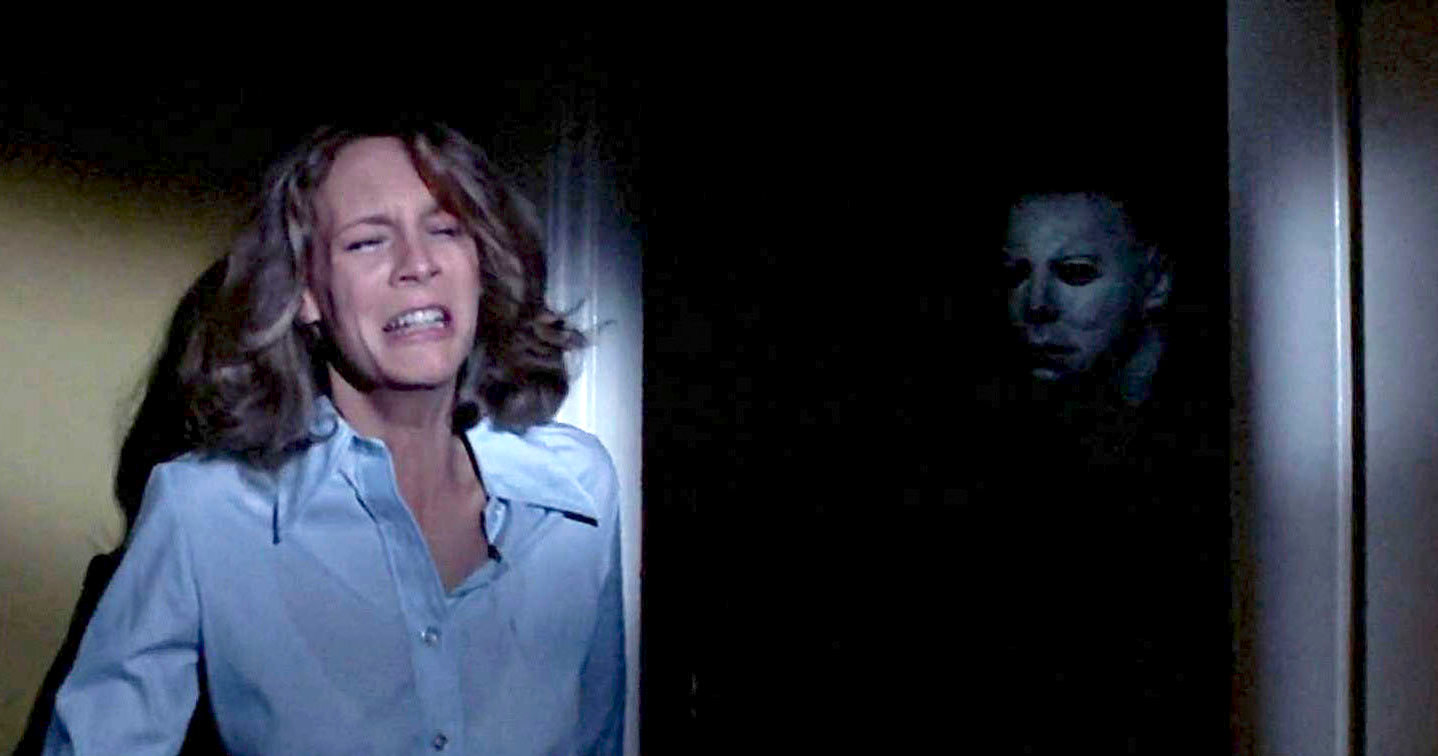These 5 Horror Films Are Way Less Brutal Than You Remember

The horror genre is well-known for viscera. Scary movie enthusiasts are prone to enjoy a bit of bloodshed. I can relate. Nothing helps me relax like a bit of good old onscreen arterial spray. With that said, carnage doesn’t necessarily make a movie scary. A brutal display can help raise the stakes and immerse the viewer in the world of the narrative. But often what we don’t see is scarier than what we do see. Some of the most talented filmmakers in recent memory recognize that distinction and have taken care to show the viewer less but make them think they’re seeing more.
The following five films execute that conceit flawlessly. Each of these pictures terrifies on every level, but each does so without relying too much on gratuitous acts of viscera. Read on to see which films made the cut, dear reader.
Saw
I know what you’re thinking. Saw kicked off the ‘torture porn’ craze. How can it possibly be less brutal than I remember? Well, there are a few reasons that support my assessment. Saw is a much smaller film with a lower body count than most of its sequels. To put it in perspective, Saw features 6 onscreen deaths. Saw 3D boasts a whopping 27 kills. The horror in Saw is largely psychological. There is certainly a level of viscera on display, but James Wan doesn’t linger on the carnage with the same zest each subsequent follow-up does. In fact, some of the action even takes place out of frame, leaving the audience to use their imagination.
Each of the films that followed the first Saw picture upped the ante. Accordingly, the series (including the original installment) gets labeled by viewers as torture porn. But it’s really only the sequels that accurately fit that distinction.

The Strangers
The Strangers is so intensely terrifying. For my money, it’s the scariest horror film of the last 20 years. Based on how intense the picture is, I suspect people mistakenly assume the scares stem from a profound level of carnage. But that’s simply not the case. The picture has a very low body count and some of the most gruesome moments actually cut away before things get too spicy. Director Bryan Bertino tricks us into thinking we see much more than we actually do. I recently rewatched The Strangers with my cool husband, David. And even though he is notoriously squeamish about gore, my husbear really dug the film and appreciated that it isn’t as visceral as a lot of home invasion pictures.
The Strangers: Prey at Night certainly ups the gore quotient from its predecessor. But the sequel is a very different film that moves the franchise into slasher territory. If you’re keen to revisit both series installments back-to-back, they make for a killer double bill. Watching them in close succession also allows viewers a chance to compare what implied violence versus in-camera carnage really looks like.

The Texas Chain Saw Massacre
The Texas Chainsaw Massacre is the gold standard of less is more. People come away from the film convinced they have seen buckets upon buckets of blood. But that’s simply not true. There is plenty of violence in TCM, but there is nearly no bloodshed.
If you don’t believe me, give the film a second watch. I think you’ll be surprised at how much less brutal it is than you remember. Legend has it that the late Tobe Hooper actually expected a PG rating classification from the MPAA because of how toned down the onscreen viscera is. But the MPAA was having none of it.
The TCM sequels get progressively more violent. But the original Texas Chain Saw Massacre leaves far more to the viewer’s imagination than it shows. And that proved so effective that generations of viewers have convinced themselves they have seen far more than they actually have. Not only that, there are legions of fans who still believe the film is based on a true story about a clan of backwoods cannibals. That’s a testament to Hooper’s creative vision, directorial prowess, and ability to craft immersive cinema.

Black Christmas
I am guilty of overestimating the onscreen carnage in Black Christmas. After the first time I watched the film, I was so sure the kills were gruesome and gnarly. However, upon a follow-up visit, I paid closer attention and realized almost all the bloodshed is implied or transpires entirely out of frame.
Bob Clark deftly sets up his shots to cut away at the moment of impact, allowing the viewer to put the pieces together in their mind. The late director clearly understood that what we don’t see is often scarier than what we do. Copious amounts of carnage rarely bring the scares. It’s the camerawork, the editing, and the tension level in Black Christmas that work the audience up into a sense of panic.

Halloween
Like Bob Clark before him, John Carpenter recognized that less is almost always more. He applied that wise approach to Halloween. Given Carpenter is a straightforward fella, he has often admitted he took influence from Black Christmas. The beloved director fills the picture’s runtime with plenty of harrowing chase sequences and a handful of deaths. But we don’t see much in the way of arterial spray when Michael Myers claims his victims. If you don’t believe me, watch the seasonal horror film again and actively look for signs of viscera. There are precious few to be found.
What makes the film terrifying is the editing, the camerawork, and a fully committed performance from future Oscar-winner Jamie Lee Curtis. Oh, not to mention one of the most chilling, yet utterly simplistic, scores ever composed.

That’s all I’ve got for you. Be sure to tell me what you think on Twitter @FunWithHorror.
Categorized: Editorials Lists
